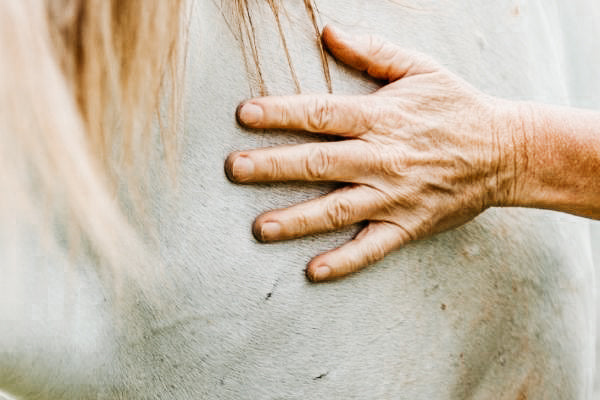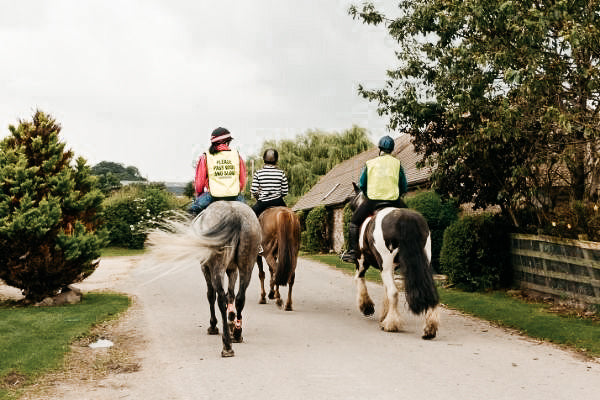Opinions differ on the question of whether it is really possible to heal illnesses through vibrations or not. The fact is that horses endure such therapy in a relaxed manner and like to doze during the sessions. Bioresonance therapy, like many other natural healing methods, remains a question of faith.

Bioresonance in horses
Bioresonance therapy is used by us humans to alleviate a variety of complaints. Electromagnetic vibrations are sent via metal electrodes. The method is based on the approach that every cell generates vibration images, which consist of electromagnetic signals, i.e. frequencies. These vibrations can be used to determine whether the cells are healthy or diseased. The device measures the vibrations and provides therapy if pathological cells are detected. The vibrations sent by the device are painless and are intended to stimulate the self-healing powers.
Bioresonance can also be used on animals. Bioresonance therapy for horses is intended to relieve coughs and allergies, but also all kinds of pain caused by osteoarthritis or strains. But how effective is bioresonance on horses and how much do you have to dig into your pockets if you want to have your horse treated with bioresonance therapy?
The effectiveness of this type of healing has not been scientifically proven, and bioresonance is not scientifically recognized, but is one of the natural healing methods. However, many animal health practitioners and horse owners report that their bioresonance therapy experiences have been positive. Laminitis patients are described who became healthy again through bioresonance and some pet owners report that chronic illnesses such as lameness, sweet itch or allergies were alleviated through the therapy. And of course the manufacturers of the devices make the bioresonance therapy experiences positive. Especially when conventional medicine is at a loss, people often try to help the horse with this therapy. Many things have often been tried, but the horse has not responded to the previous therapy.
There are a variety of different devices for bioresonance therapy in horses on the market. Theoretically, anyone can offer bioresonance in horses, which opens the door to charlatans. So it is important to find a therapist who has extensive knowledge.
If a veterinarian offers this therapy, it can be ensured that he or she has received extensive training. But even with animal health practitioners, caution is advised, because in Germany there are no legal requirements for working as an animal health practitioner. Therefore, questions before and during treatment can help to determine whether sound knowledge is available or not. Sometimes the recommendation of a stable colleague also helps to find a reputable therapist. Because bioresonance in horses is associated with costs that cannot be insignificant. A reputable therapist can tell you how much the therapy session will cost before treatment. An analysis to see how the clinical picture develops costs an average of 180 euros. Further treatments cost between 25 and 60 euros, depending on the clinical picture and length of the session. It is also possible to rent or buy the device to be used from an animal health practitioner, veterinarian or the manufacturer.
Discover more posts

NEWS
Rimondo Podcast – Interview with Animalon
Our first interview at Rimondo On the 20th05.In 2019, the Animalon team made their way to Rimondo in Münster. There we were invited to our very first interview and were really lookin...
Continue reading
Reitsport-Themen
A relaxed ride into the great outdoors is every riding student's dream. But cross-country riding is also a top priority for horse owners. Recreational riding is booming and equestrian sports a...
Continue reading
